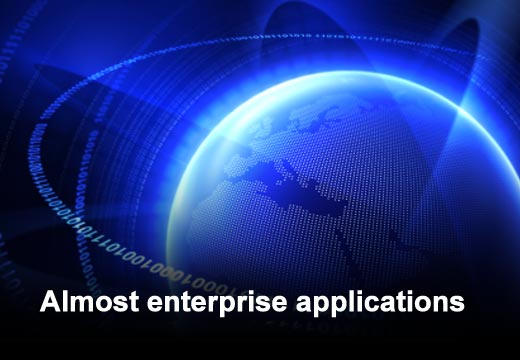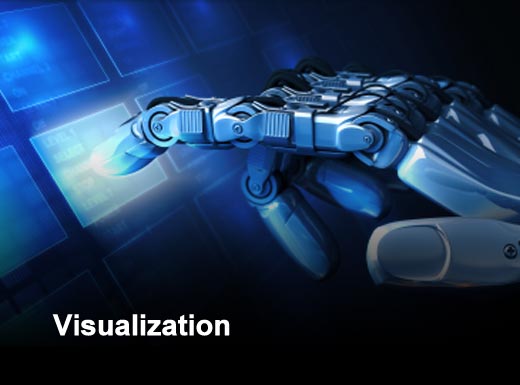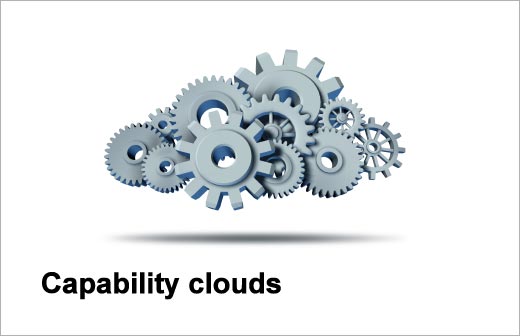
Click through for 10 trends that IT executives need to master, from Deloitte Consulting LLP.
Quick and agile solutions like the cloud and software- and platform-as-a-service (SaaS, PaaS) appeal to the business, but are they "enterprise enough" for IT? Almost enterprise applications are being eagerly embraced by many business leaders, and CIOs should get in front of this democratization and self-service trend.
With the cloud, social computing and mobility shaking up business models and transforming how business is done, the technology agenda should be considered as tantamount to the business agenda — and CIOs are the executives positioned to pull them into alignment.
While it still may be necessary to build a rapid detect-and-respond cyber security function, organizations should consider going beyond adding tools to learn and adapt, protect against upstream threats, and connect the internal and external dots to assess probable risks, and in the process move from reactive to proactive.
ERP can be an enabler of tomorrow's innovations, not a fading footnote of yesterday's legacy. Organizations are still able to tap ERP applications to transform processes with reduced risk — at a lower cost and at a quicker pace.
Visualization deserves a fresh look given the evolution of the underlying tools and the rich potential represented by unstructured data. It can provide a new way to tap into millions of internal emails, instant messages and documents, as well as trillions of social media objects, Twitter tweets, text messages, blogs and other content of potential concern or opportunity for the enterprise.
New mobile solutions are being designed to serve the full spectrum of transactional, analytical and social computing capabilities, and present the opportunity for organizations to define real and lasting value in applied mobility solutions and business enablement. This could be the year that businesses will truly begin harnessing these features into rich, yet simple and intuitive applications to solve real business problems.
Capability clouds have the potential to move beyond the building blocks of capacity clouds to deliver finished services that can address business objectives and enterprise goals. CIOs should be prepared to answer how they leverage the ecosystem of capabilities, services and value networks delivered by the cloud.
As the economy resets, analytics can offer improved visibility to help companies drive operational efficiencies. Analytics can also offer an opportunity for growth by helping companies in their efforts to address heart-of-the-business questions that can guide decisions, yield new insights and help predict what's next.
As more of our personal and professional lives are transacted via technology, rich trails of preferences, opinions and behaviors are being created. Beyond the immediate benefits of empowering stakeholders, this "digital exhaust" can be mined, providing a rich source of insight on market positioning.
The proliferation of consumer and Internet technologies has raised expectations for IT tools at work, and can empower employees to find new insights and improve how business occurs. Enterprises should seek to learn and understand how to turn newly connected consumers into new revenue channels and identify ways they can empower employees to better connect dots and improve efficiency and effectiveness.













